Auto-biography Part 1: Revelation

My first memories are of the womb. The enveloping warmth, the soothing sounds that correlated to alien activity. I remember the sensations of being propelled: forward, stop, turning, forward again, the gentle g-forces rolling me delicately from side to side, ensconced in my snug compartment on all sides, conscious of the rounded form that surrounded me. My first ride was a VW.
I was a toddler. My mother had set me down in that deep little well behind the rear seat of a family friend’s split-window Volks. As I lay directly over the transmission, inches from the blower cooling the little boxer engine, I was one with the car. Every detail is as fresh today as it was then: the textures, shapes and most of all, the sounds. I can still hear the transmission whine and motor music overlaid with the howl of the blower. From then on, I would always call out “VW” when I heard one pass on the street below.
I was born in Innsbruck, Austria in the early fifties. We didn’t have a car. There was no TV. I was car-crazy, left alone with my powers of observation, accumulating vital knowledge. I would make my mother walk around any parked car that I didn’t recognize until she could find the tell-tale logo or emblem.
I had an intimate relationship with every vehicle in the neighborhood. I gazed at them endlessly, trying to discern some additional personality characteristic or trait in their physiognomy. My favorite one was a Tatra 87, a revolutionary Czech car from the 1930’s. I was entranced by its futuristic aerodynamic body, rear air-cooled V8 and dorsal fin.
The highlights of those first seven years of my life: occasional trips in the tiny cars common to that era. Back then, a VW was a standard size car. Many, like the 600cc 26hp Lloyd my godfather drove, were much smaller; smaller than an original Mini. How did four adults and three children aged 12, 10 and 6 fit? They just did (My 6’4” godfather kept the cloth sunroof open whenever possible). I guess there was a reason why Europeans were all so slim back in the day.
My first intimate encounter with an American car arrived when we hired Herr Miller and his black 1949 Oldsmobile taxi for a confirmation outing. For a child used to automotive constriction, entering the Yank tank was like stepping into another, much larger world. I was quite literally shocked; who could imagine a vehicle with so much interior room? I have a photo of the party: my parents, two aunts, my grandmother, two older cousins, my sister, the driver and my brother and me. All eleven of us piling in was the reverse of a circus’ clown car act, and just as delightful.
My automotive education was occasionally punctuated by authentic automotive exotica. My father’s English colleague once arrived in a black Jaguar MK II. The exotic foreigner inspired awe and fear. After so much emotionally reserved Teutonic styling and friendly little machines, the big Jag seemed like a larger version of its totemic hood ornament, ready to pounce and devour its onlookers.
Another vehicular experience that could– that should have been the peak experience of my first seven years turned into one of my greatest disappointments. My father’s med-school buddy had married into money. His wife had bought him a brand new Mercedes 300 SL Gullwing. He brought his motor by for a visit. I feasted on every exterior and interior detail. I entered that hallowed space– only to be rudely removed so that my father could savor a hair-raising ride with the financially fortunate amateur rally driver.
And so my first peak automotive experience had to wait until one bright spring day in 1960 when I stumbled upon a land yacht parked in front of an historic hotel in Innsbruck. The chartreuse 1959 Cadillac deVille two door hardtop was the length of at least three Lloyds, with soaring fins and a roof that seemed to float above the body.
I’d never seen anything remotely like this four wheeled beast. Who knows how long I stared at every chromed detail, trying to comprehend its language. I totally lost myself in its mysteries. What was it trying to say to me? The closest object in my limited aesthetic data bank: Austria’s many florid Baroque/rococo churches. But they were all about the glories of heaven. Is that were this came from? Surely when Jesus returned to earth, this would be the ride The Father would give him for the journey.
Another intrigued onlooker brought me back to reality and explained the more earthly origins of the Cadillac. Within weeks of this transforming event, my father suddenly announced that we were moving to America. Car heaven, I thought, here I come.

More by Paul Niedermeyer
Latest Car Reviews
Read moreLatest Product Reviews
Read moreRecent Comments
- Kjhkjlhkjhkljh kljhjkhjklhkjh A prelude is a bad idea. There is already Acura with all the weird sport trims. This will not make back it's R&D money.
- Analoggrotto I don't see a red car here, how blazing stupid are you people?
- Redapple2 Love the wheels
- Redapple2 Good luck to them. They used to make great cars. 510. 240Z, Sentra SE-R. Maxima. Frontier.
- Joe65688619 Under Ghosn they went through the same short-term bottom-line thinking that GM did in the 80s/90s, and they have not recovered say, to their heyday in the 50s and 60s in terms of market share and innovation. Poor design decisions (a CVT in their front-wheel drive "4-Door Sports Car", model overlap in a poorly performing segment (they never needed the Altima AND the Maxima...what they needed was one vehicle with different drivetrain, including hybrid, to compete with the Accord/Camry, and decontenting their vehicles: My 2012 QX56 (I know, not a Nissan, but the same holds for the Armada) had power rear windows in the cargo area that could vent, a glass hatch on the back door that could be opened separate from the whole liftgate (in such a tall vehicle, kinda essential if you have it in a garage and want to load the trunk without having to open the garage door to make room for the lift gate), a nice driver's side folding armrest, and a few other quality-of-life details absent from my 2018 QX80. In a competitive market this attention to detai is can be the differentiator that sell cars. Now they are caught in the middle of the market, competing more with Hyundai and Kia and selling discounted vehicles near the same price points, but losing money on them. They invested also invested a lot in niche platforms. The Leaf was one of the first full EVs, but never really evolved. They misjudged the market - luxury EVs are selling, small budget models not so much. Variable compression engines offering little in terms of real-world power or tech, let a lot of complexity that is leading to higher failure rates. Aside from the Z and GT-R (low volume models), not much forced induction (whether your a fan or not, look at what Honda did with the CR-V and Acura RDX - same chassis, slap a turbo on it, make it nicer inside, and now you can sell it as a semi-premium brand with higher markup). That said, I do believe they retain the technical and engineering capability to do far better. About time management realized they need to make smarter investments and understand their markets better.



















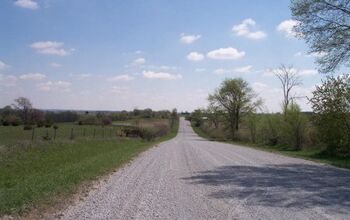
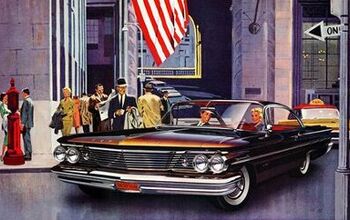
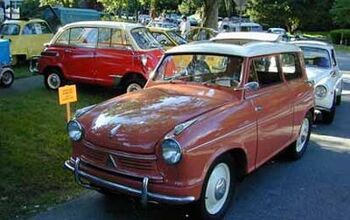
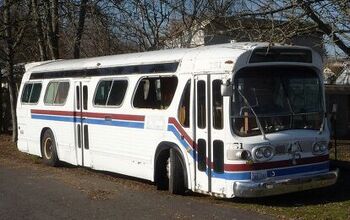
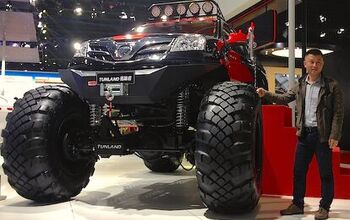







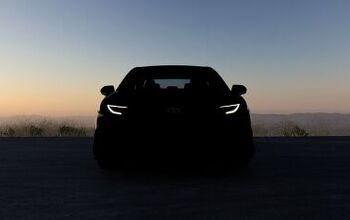



Comments
Join the conversation
My dad was the source of my car obsession. I don't remember it, but my mom & dad both tell me that we would go down the road and I would name car makes as they went by: "Pontiac", "Ford", "Toyota", etc. The first real memory of a car was when my dad bought a '86 Nissan 300ZX Turbo (5-speed, t-tops, electronic gauges, gold color) that needed a lot of work done. I remember the day he got it running and hearing it come to life in the garage. It was great.
Seems I'm a bit young in this crowd. My earliest car memories involve drawing pages full of gauges, dials, and controls with a permanent marker, and then taping them to the dash and headliner of my parents' '84 Cavalier wagon. That would become my first car ten years later, a car that taught me volumes about the nuances of understeer and brake fade. Thanks for a fantastic article, Paul.